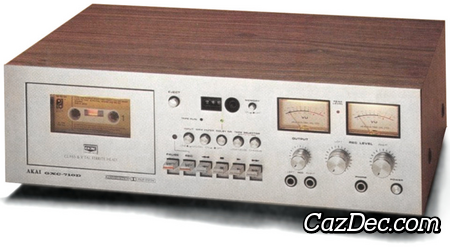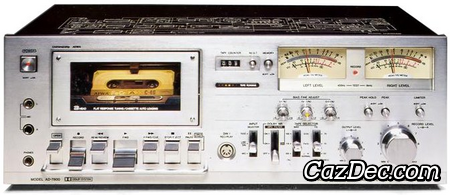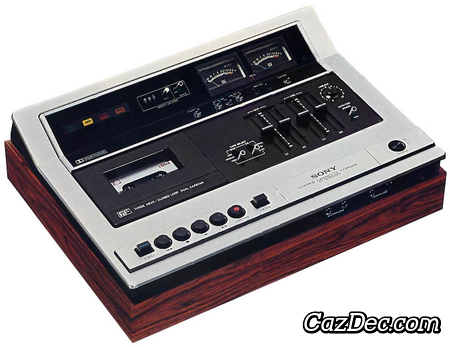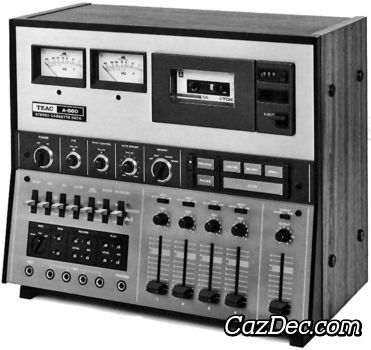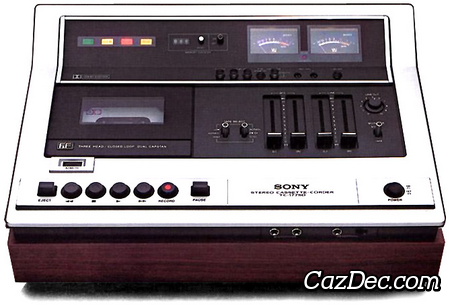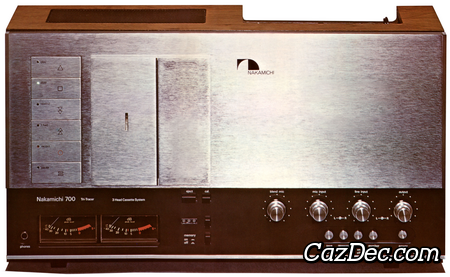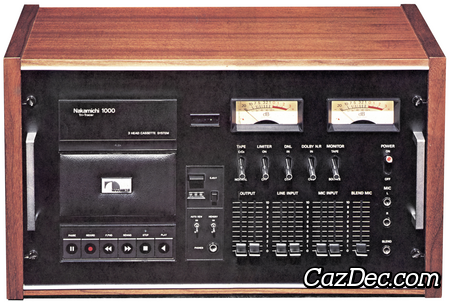
Akai GXC-570D Stereo Cassette Deck
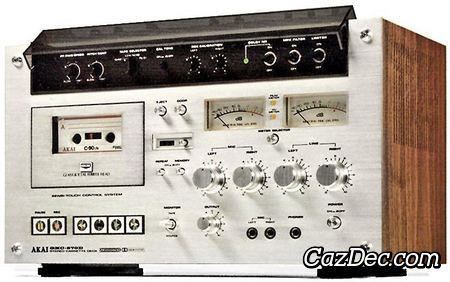




This Akai GXC-570D is a stereo cassette deck with double Dolby B noise reduction, it was first sold by Akai in 1976 with a recommended retail price of USD $900 and discontinued a year later.
The main features of the Akai GXC-570D cassette deck are: 3 heads and off-tape monitoring, mechanical 3 digit tape counter and memory stop, manual tape type selection and capable of handling normal, chrome and ferro-chrome tapes, belt driven dual-capstan transport.
Typical front loading cassette deck with the cassette compartiment located on the left side of the deck. Tape eject is operated mechanically and the cassette needs to be placed with the side to be played facing forward in the cassette well.
Level meters used on the Akai GXC-570D cassette deck are analog needle VU reading meters. Full-logic transport controls used on the Akai GXC-570D let it respond to the slightest finger contact for fast and effortless transport function selection. Playback speed may be adjusted with pitch control.
To ensure the best response from the wide variety of tapes available adjustment of, sensitivity, to optimum levels can be performed prior to recording.
The Dolby-B system reduces tape hiss on tapes recorded on the Akai GXC-570D by as much as 10 dB at the highest frequencies. The three-head configuration of the Akai GXC-570D requires a Double Dolby system, one for recording and one for playback.
To make live recordings this deck has 2 microphone inputs to connect microphones with a jack connector. For undisturbed listening a jack connector for a pair of stereo headphones is supplied. Connection to other audio components for plaback can be achieved by a RCA cable and recording from a source by a RCA cable. All main transport commands can be issued remotely with a wired remote control.

- ADR System (Automatic Distortion Reduction System)
- Sensi-Touch Control System
- Glass & X'Tal Ferrite Head
- GX Heads
Historic events
Features of Akai GXC-570D

 400Hz Test Tone
400Hz Test Tone
 Manual Level Calibration
Manual Level Calibration

 2 Mono Microphone Inputs
2 Mono Microphone Inputs
 RCA Input/Output Connectors
RCA Input/Output Connectors
 DIN Input/Output Connector
DIN Input/Output Connector
 Headphones
Headphones
 Wired Remote Control
Wired Remote Control
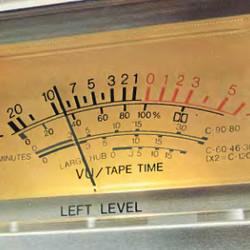
 3-Digıt Mechanical Counter
3-Digıt Mechanical Counter
 Meters Peak / VU Switchable
Meters Peak / VU Switchable
 Analog Needle Meters
Analog Needle Meters
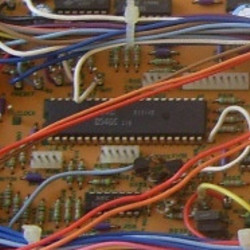
 Peak Limiter
Peak Limiter
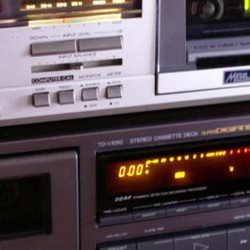
 Silver Finish
Silver Finish
 Orientation Left
Orientation Left
 Wood Case
Wood Case
 Front Loading
Front Loading
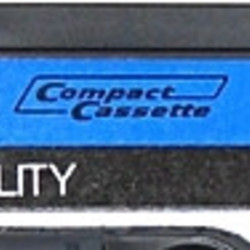
 Stereo
Stereo
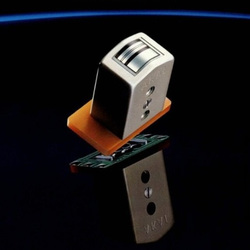
 3 Head Desiǥn
3 Head Desiǥn
 4 Track / 2 Channel
4 Track / 2 Channel
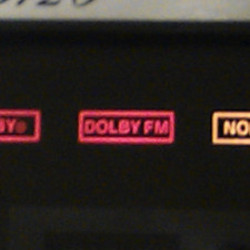
 Dolby B
Dolby B
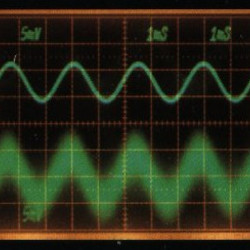
 Dolby-B Noise Reduction
Dolby-B Noise Reduction
 Double Dolby NR Circuits
Double Dolby NR Circuits
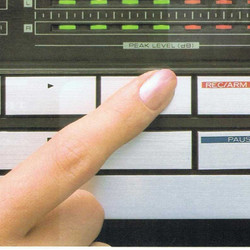
 Full Logic Transport Control
Full Logic Transport Control
 Memory Stop
Memory Stop
 Pitch Control
Pitch Control
 Real-Time Tape Monitoring
Real-Time Tape Monitoring
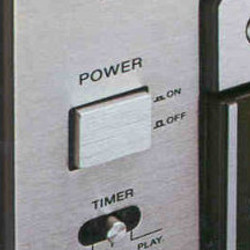
 Alternating Current
Alternating Current
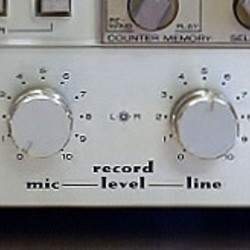
 Microphone Level Adjust (Left/Right)
Microphone Level Adjust (Left/Right)
 Individual Input Level Controls
Individual Input Level Controls
 Output-Level Control
Output-Level Control
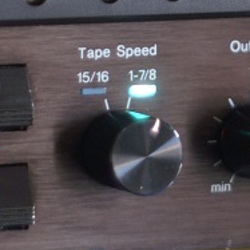
 1⅞ ips - 4.76 cm/s
1⅞ ips - 4.76 cm/s
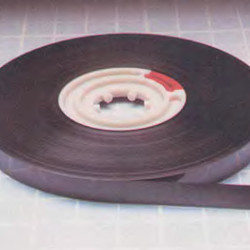
 Manual Tape Type Selection
Manual Tape Type Selection
 Ferro-Chrome Tape Capabilıty
Ferro-Chrome Tape Capabilıty
 Normal Tape Capabilıty
Normal Tape Capabilıty
 Chrome Tape Capabilıty
Chrome Tape Capabilıty

 Mechanical Tape Loading
Mechanical Tape Loading
 Auto Stop
Auto Stop
 Dual-Capsŧan Transport
Dual-Capsŧan Transport
 Belt Drive (Capsŧan)
Belt Drive (Capsŧan)
Similar to Akai GXC-570D from the period 1976 - 1977
Notice on copying anything
Copying Akai GXC-570D information from this site and use it in your auction or on your website is not allowed. A link to this page for Akai GXC-570D is allowed from your website or auction.


